Home>Furniture>Office Furniture>How Deep Are Built-In Bookshelves
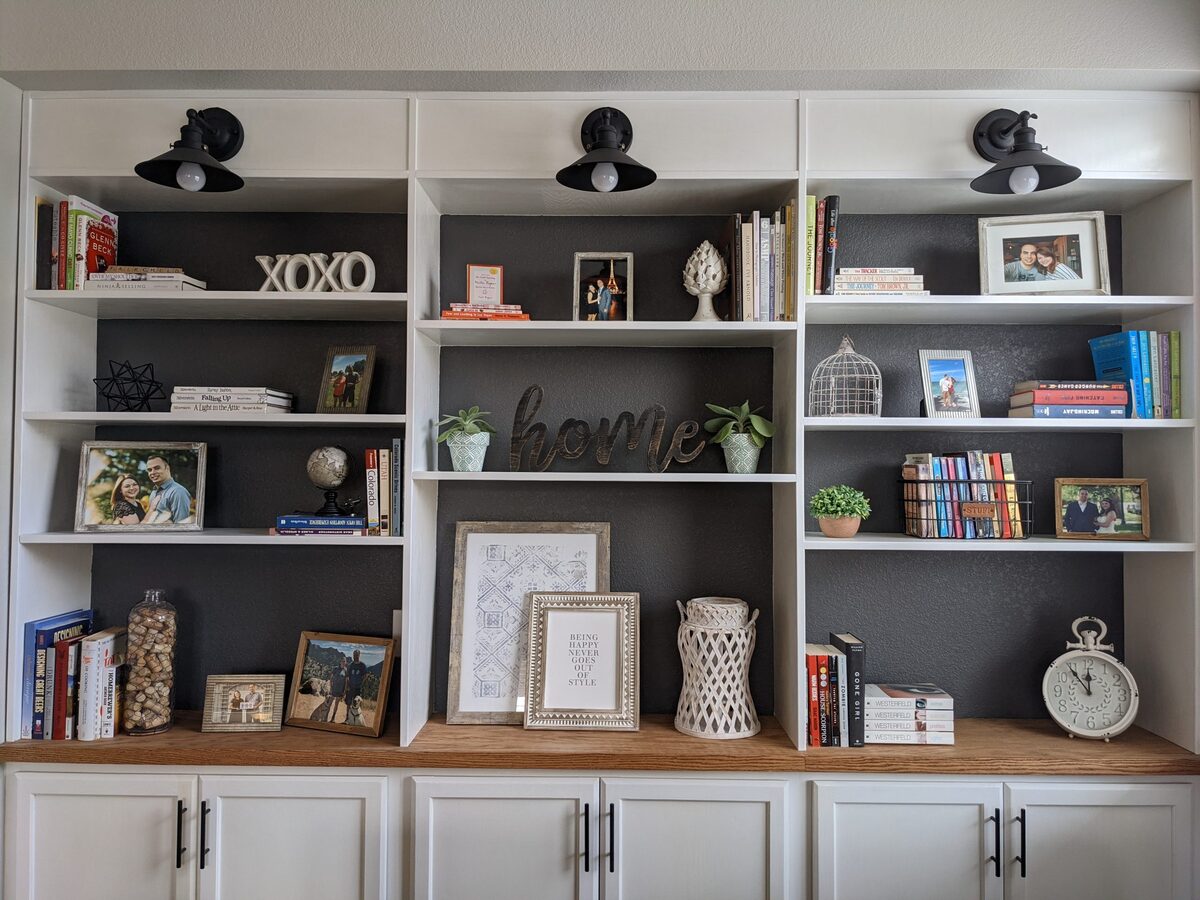

Office Furniture
How Deep Are Built-In Bookshelves
Modified: February 24, 2024
Discover the perfect office-furniture solution with our built-in bookshelves. Explore their depth and functionality for your workspace. #office-furniture #bookshelves
(Many of the links in this article redirect to a specific reviewed product. Your purchase of these products through affiliate links helps to generate commission for Storables.com, at no extra cost. Learn more)
Introduction
Welcome to the world of office furniture! Whether you work from home or in a corporate office, having the right furniture is essential for optimizing productivity and comfort. One important element of office furniture that often gets overlooked is the built-in bookshelf.
Built-in bookshelves not only provide ample storage space for books and decorative items but also add a touch of sophistication and elegance to any office setting. With their seamless integration into the walls, built-in bookshelves can transform an ordinary workspace into a functional and visually appealing environment.
In this article, we will explore the various benefits of having built-in bookshelves in your office, the key considerations before installing them, and a step-by-step guide to building your own. We will also provide tips for designing the perfect built-in bookshelves, discuss the materials and tools needed for construction, and offer advice on maintenance and cleaning.
Whether you are a book lover looking to showcase your collection or simply in need of additional storage space, built-in bookshelves are a fantastic option. So, let’s dive in and discover the joys of integrating these beautiful and functional pieces into your office space.
Key Takeaways:
- Maximize space and customize your office with built-in bookshelves, offering efficient storage, aesthetic appeal, and improved productivity. Consider design, materials, and maintenance for a functional and visually appealing workspace.
- Construct your own built-in bookshelves with a step-by-step guide, essential materials, and tools. Add finishing touches, lighting, and maintenance for a personalized and well-maintained office storage solution.
Read more: How Deep Are Wall Ovens
Benefits of Built-In Bookshelves
When it comes to office furniture, built-in bookshelves offer a multitude of benefits that can greatly enhance your work environment. Here are some key advantages of incorporating built-in bookshelves into your office:
- Maximize Space: One of the main advantages of built-in bookshelves is their ability to maximize the use of available space. Unlike freestanding bookshelves, which can take up valuable floor space, built-in bookshelves are seamlessly integrated into the walls. This allows you to make the most of vertical space, freeing up precious square footage for other furniture or activities.
- Customization: Another significant benefit of built-in bookshelves is their customization options. With built-ins, you have the freedom to design and tailor the shelves to your specific needs. From adjusting the height of each shelf to incorporating specialized compartments, you can create a storage solution that perfectly accommodates your books, files, and other office essentials.
- Increase Storage: Built-in bookshelves provide ample storage for all your books, documents, and decorative items, helping you stay organized and clutter-free. With a variety of shelf sizes and configurations, you can efficiently store and display your belongings, making them easily accessible whenever you need them.
- Aesthetic Appeal: Built-in bookshelves are not only functional but also add a touch of sophistication to your office. They create a polished and cohesive look, blending seamlessly with the overall decor of the space. With the right design and finish, they can become a focal point and elevate the aesthetic appeal of the entire room.
- Improved Productivity: Having built-in bookshelves in your office can contribute to improved productivity. With everything neatly organized and within reach, you can spend less time searching for files or references and more time focusing on your work. The presence of books and educational materials can also serve as a source of inspiration and motivation, fostering creativity and expanding your knowledge.
- Flexible Display Options: Built-in bookshelves offer versatile display options for showcasing your personal style and decorative items. You can arrange your books by genre, author, or color, creating a visually pleasing arrangement. Additionally, you can mix in decorative objects such as plants, artwork, or collectibles to add interest and personality to your office space.
- Increase Property Value: Investing in built-in bookshelves is a smart choice that can increase the value of your property. Potential buyers or tenants often appreciate the added convenience and functionality that built-ins provide, making your space more attractive and desirable.
With these numerous benefits, it’s clear that built-in bookshelves are an excellent addition to any office. They offer efficient storage solutions, enhance the visual appeal of your workspace, and contribute to a more organized and productive environment. So, consider incorporating built-in bookshelves into your office design and enjoy the advantages they bring.
Considerations before Installing Built-In Bookshelves
Before you start installing built-in bookshelves in your office, there are several important considerations to keep in mind. Taking the time to plan and think through these factors will ensure that the end result is a functional and aesthetically pleasing addition to your workspace. Here are some key considerations:
- Available Space: Assess the available space in your office before installing built-in bookshelves. Consider the height, width, and depth of the area where you plan to install the shelves. Take into account any obstructions such as windows, doors, or electrical outlets that may affect the placement or dimensions of the shelves.
- Functionality: Determine how you will use the built-in bookshelves. Will they primarily store books and reference materials, or will they also serve as storage for office supplies and equipment? Understanding the intended functionality will help you determine the number of shelves, their spacing, and any additional features such as drawers or cabinets that you may need.
- Design and Style: Consider the overall design and style of your office when choosing the design for your built-in bookshelves. Decide whether you want them to blend seamlessly with the existing decor or make a bold statement. Take into account the materials, finishes, and colors that will complement your office’s aesthetic and create a cohesive look.
- Structural Considerations: Before proceeding with installation, ensure that the walls can support the weight of the built-in bookshelves. Consult a professional if you’re unsure about the structural integrity of the walls. Additionally, check for any electrical wiring or plumbing that may be hidden behind the walls and make necessary adjustments to avoid any damage.
- Budget: Determine your budget for the project early on. The cost of built-in bookshelves can vary depending on factors such as the materials used, the complexity of the design, and any additional features. Setting a budget will help you prioritize and make informed decisions during the planning and construction phases.
- Installation Method: Consider the installation method of your built-in bookshelves. Will you be constructing them from scratch, purchasing pre-made units, or hiring a professional to install them for you? Each option has its pros and cons, so weigh them carefully based on your skill level, time availability, and budget.
- Future Flexibility: Consider the future flexibility of your built-in bookshelves. If you anticipate changes in office layout or storage needs, opt for a design that allows for adjustability. This will enable you to easily reconfigure or modify the shelves as your requirements evolve.
By considering these factors before installing built-in bookshelves, you can ensure a successful and well-thought-out addition to your office space. Taking the time to plan will result in functional and aesthetically pleasing shelves that meet your storage needs and enhance the overall look of your workspace.
Measuring and Planning for Built-In Bookshelves
Measuring and planning are crucial steps in the process of installing built-in bookshelves. Taking accurate measurements and devising a well-thought-out plan will ensure that the shelves fit seamlessly into your office space. Here are some steps to guide you through the measuring and planning process:
- Measure the Space: Begin by measuring the dimensions of the area where you plan to install the built-in bookshelves. Measure the height, width, and depth of the space, ensuring that you account for any trim or molding. Use a tape measure and record the measurements accurately.
- Consider Clearance: Take into account any clearance requirements. Leave enough space between the top of the shelves and the ceiling to allow for proper air circulation and to avoid a cramped look. Similarly, ensure there is enough clearance between the shelves and any nearby walls or furniture.
- Determine Shelf Spacing: Decide on the desired spacing between the shelves. Consider the size of the items you plan to store and their accessibility. For books, allow a height of around 11 to 14 inches between each shelf. If you have larger items or want to display decorative objects, adjust the spacing accordingly.
- Plan for Backing: Determine whether you want to include a backing for your built-in bookshelves. A backing can provide stability and prevent items from falling behind the shelves. Consider using plywood or a decorative panel for the backing, and measure and cut it to fit the dimensions of your shelves.
- Consider Lighting: If you want to highlight your books or decorative items, consider incorporating lighting into your built-in bookshelves. Plan for the placement of LED strip lights or puck lights to add a touch of ambiance and functionality. Ensure that there is access to a power source nearby and plan for the wiring accordingly.
- Sketch the Design: Create a rough sketch or use a design software to visualize how the built-in bookshelves will look in your space. Include the measurements, shelf spacing, and any other design elements you want to incorporate. This will help you assess the overall aesthetics and functionality of the shelves before proceeding with construction.
- Consult a Professional: If you’re unsure about the measurements or the design, consider consulting with a professional. An experienced carpenter or interior designer can provide valuable guidance and ensure that your built-in bookshelves are accurately measured and planned according to your specific needs.
By taking the time to measure accurately and plan your built-in bookshelves, you can achieve a seamless and functional installation. Consider all the necessary dimensions, clearances, and design elements to create a layout that maximizes space, provides easy access to your items, and enhances the overall aesthetics of your office.
Step-by-Step Guide to Building Built-In Bookshelves
If you’re up for a DIY project, building your own built-in bookshelves can be a rewarding and cost-effective option. Here is a step-by-step guide to help you construct your built-in bookshelves:
- Gather Materials and Tools: Start by gathering all the necessary materials and tools for the project. This may include plywood or MDF for the shelves, wood for the frame, screws, a circular saw, a drill, a level, a tape measure, and sandpaper.
- Measure and Mark: Measure the height, width, and depth of the space where the built-in bookshelves will be installed. Transfer these measurements onto the plywood or MDF and mark where the shelves will be placed. Use a level to ensure accuracy.
- Cut the Shelves: Using a circular saw, cut the shelves according to the pre-marked measurements. Take care to make clean and accurate cuts. Sand the edges of the shelves to ensure a smooth finish.
- Construct the Frame: Cut and assemble the frame for the bookshelves. Use wood that is sturdy and durable. Attach the frame to the wall, ensuring it is level and securely anchored. This will serve as the support structure for the shelves.
- Install the Shelves: Position the shelves on top of the frame, aligning them with the markings made earlier. Secure the shelves to the frame using screws or dowels. Ensure that each shelf is level and stable before proceeding to the next one.
- Add Trim and Molding: For a polished and finished look, consider adding trim and molding to the edges of the bookshelves. This will not only enhance the aesthetics but also provide additional structural support.
- Sand and Finish: Once the construction is complete, sand the entire surface of the bookshelves to smooth out any rough edges or imperfections. Apply a coat of paint or stain of your choice to protect the wood and enhance the appearance. Allow adequate drying time.
- Accessorize and Fill: Arrange your books, files, and decorative items on the built-in bookshelves to create an organized and visually pleasing display. Consider using bookends, storage baskets, or decorative boxes to add functionality and style.
- Enjoy Your New Bookshelves: Sit back, relax, and enjoy your newly constructed built-in bookshelves. Admire the beauty and functionality they bring to your office space. Take pride in the fact that you built a customized storage solution that perfectly fits your needs!
Building your own built-in bookshelves may require some skills and patience, but the end result is a unique and custom-made addition to your office. Remember to take proper safety precautions and consult tutorials or professionals if needed. Happy crafting!
Read more: How To Create Built In Bookshelves
Tips for Designing the Perfect Built-In Bookshelves
Designing the perfect built-in bookshelves requires careful planning and attention to detail. Here are some tips to help you create a functional and visually appealing design:
- Consider the Purpose: Determine the primary purpose of your built-in bookshelves. Is it to store books, display decorative items, or both? Understanding the intended use will guide the design and layout of your shelves.
- Assess Your Storage Needs: Evaluate the amount and type of items you plan to store on your bookshelves. Take into account books, files, baskets, and other office supplies. This will help you determine the number of shelves, their spacing, and any additional features such as drawers or cabinets.
- Utilize Adjustable Shelves: Incorporate adjustable shelves into your design to accommodate different-sized items. This offers versatility and flexibility, allowing you to reconfigure the shelves as needed in the future.
- Create Visual Interest: Add visual interest to your built-in bookshelves by incorporating different shelf heights, widths, and depths. Vary the arrangement of books and decorative items to create a visually pleasing display. Consider integrating vertical dividers or cubbies for additional organizational options.
- Include Lighting: Consider adding lighting to your built-in bookshelves to highlight your collection and create a warm ambiance. LED strip lights or puck lights can be installed under each shelf or at the top to illuminate the entire unit. This will enhance the overall aesthetics and functionality of your shelves.
- Balance Open and Closed Storage: Think about striking the right balance between open and closed storage. Open shelves provide easy access and enable you to showcase decorative items, while closed cabinets are perfect for concealing items that you don’t want on display.
- Blend with the Room Decor: Design your built-in bookshelves to complement the existing decor of the room. Choose materials, colors, and finishes that harmonize with the overall style and ambiance. This will create a cohesive and coordinated look.
- Incorporate Backing: Consider adding a backing to your bookshelves for stability and a polished finish. Choose from options such as plywood, beadboard, or decorative panels. The backing will provide support, prevent items from falling behind the shelves, and add visual interest.
- Use Contrasting Colors: To make a statement, consider using contrasting colors for your built-in bookshelves. For example, paint the shelves a darker color while keeping the surrounding walls lighter. This adds depth and creates a dramatic focal point in your office space.
- Add Personal Touches: Infuse your personality into your built-in bookshelves by incorporating personal touches. Display items that hold sentimental value, such as family photos, travel mementos, or favorite collectibles. This will make your bookshelves feel unique and reflective of your individual style.
By keeping these tips in mind, you can design built-in bookshelves that not only fulfill your storage needs but also enhance the aesthetics of your office. Take the time to plan and incorporate design elements that align with your style and preferences, and enjoy the functional and beautiful addition to your workspace.
Materials and Tools Needed for Constructing Built-In Bookshelves
Constructing built-in bookshelves requires the right materials and tools to ensure a successful and efficient process. Here is a list of essential materials and tools you will need:
Materials:
- Plywood or MDF: These are commonly used materials for constructing the shelves, providing stability and durability.
- Wood: Use solid wood for the frame and any structural support needed for the bookshelves.
- Trim and Molding: Choose decorative trim and molding to add a polished finish and aesthetic appeal to the bookshelves.
- Screws: Select appropriate screws that will securely attach the shelves to the frame.
- Backing Material: Consider using plywood, beadboard, or decorative panels for the backing of the bookshelves.
- Paint or Stain: Choose a paint or stain that complements your office decor and protects the wood.
- Hardware: Depending on your design, you may require hinges, drawer pulls, or other hardware for additional features like cabinets or drawers.
Tools:
- Circular Saw: Use a circular saw to cut the plywood or MDF to the desired measurements for the shelves.
- Drill: A drill is essential for creating holes and attaching the shelves to the frame.
- Level: Use a level to ensure that the shelves and frame are perfectly straight and level.
- Tape Measure: Accurate measurements are crucial for the proper construction and installation of built-in bookshelves.
- Screwdriver: Use a screwdriver to tighten screws and secure the shelves to the frame.
- Sander or Sandpaper: Smooth out rough edges and surfaces with a sander or sandpaper for a polished finish.
- Miter Saw: If you choose to add trim or molding, a miter saw will come in handy for making precise angled cuts.
- Clamps: Clamps can help hold materials together securely while you work on assembling the bookshelves.
- Paintbrushes or Rollers: Use paintbrushes or rollers to apply paint or stain to the bookshelves for a smooth and even finish.
- Safety Gear: Wear safety goggles, gloves, and a dust mask to protect yourself while working with tools and materials.
Having the right materials and tools will ensure that your construction process goes smoothly and enables you to create sturdy, functional, and visually appealing built-in bookshelves. Always prioritize safety and take the time to familiarize yourself with the proper usage of the tools before starting your project.
Read more: How To Build Bookshelves For Kids
Finishing Touches for Built-In Bookshelves
After constructing your built-in bookshelves, adding the finishing touches will elevate the overall look and functionality of the shelves. These final details will help create a polished and cohesive design. Here are some ideas for adding those finishing touches:
Add Decorative Elements:
- Books: Organize your books in an aesthetically pleasing manner. Arrange them by color, size, or genre to create visual interest and make the shelves look inviting.
- Decorative Objects: Incorporate decorative objects such as vases, sculptures, or artwork to add personality and style. Mix in items that reflect your interests, such as travel souvenirs or collectibles.
- Plants: Bring life to your shelves by adding indoor plants. Choose low-maintenance plants that thrive in indoor environments, such as succulents or ferns. Their vibrant colors and textures will add a refreshing touch to your built-in bookshelves.
- Storage Baskets or Boxes: Use storage baskets or boxes to corral smaller items, papers, or office supplies. They not only keep things organized but also add texture and depth to the overall display of your bookshelves.
Install Lighting:
- LED Strip Lights: Install LED strip lights or puck lights on the underside of the shelves to provide subtle and ambient lighting. This will illuminate the books and decorative items, creating an inviting atmosphere in your office space.
- Spotlights: Consider installing spotlights directed at specific shelves or objects to draw attention and create a focal point. Highlighting certain books or artwork can add drama and visual interest to your built-in bookshelves.
Arrange Thoughtfully:
- Balance: Arrange books and decorative items in a balanced manner to create a visually pleasing display. Distribute objects of varying heights, sizes, and colors across the shelves to avoid a cluttered or unbalanced look.
- Negative Space: Allow for negative space between objects to provide visual breathing room. This will prevent the shelves from feeling overcrowded and will allow each item to stand out.
- Grouping: Group similar items together to create a cohesive look. For example, place a collection of books by the same author or on a similar topic side by side. This will create a sense of unity and make it easier to find specific books when needed.
Read more: How To Mount Bookshelves On Wall
Maintain Organization:
- Regular Cleaning: Dust the shelves regularly to keep them looking clean and fresh. Wipe down the books and decorative objects to remove any accumulated dust or dirt. This will ensure that your built-in bookshelves maintain their pristine appearance.
- Rotation: Periodically rotate and rearrange the displayed items to keep the visual layout fresh and interesting. This will prevent items from being overlooked and bring attention to different pieces on your bookshelves.
By adding these finishing touches to your built-in bookshelves, you can take them from functional storage units to visually captivating displays that reflect your style and personality. Experiment with different arrangements and decorative elements until you achieve the desired look and feel. Enjoy the beauty and functionality of your completed built-in bookshelves!
Maintenance and Cleaning of Built-In Bookshelves
Once your built-in bookshelves are installed, it’s important to implement regular maintenance and cleaning routines to keep them looking their best. Proper care will help preserve the longevity and functionality of your bookshelves. Here are some maintenance and cleaning tips to follow:
Dust Regularly:
Bookshelves tend to accumulate dust over time, so it’s essential to dust them regularly. Use a soft, lint-free cloth or a microfiber duster to gently remove dust from the shelves, books, and decorative items. Pay special attention to the nooks and crannies to ensure a thorough clean. Dusting regularly will help maintain the appearance of your built-in bookshelves and prevent allergies caused by airborne particles.
Protect from Sunlight:
Excessive exposure to direct sunlight can fade and damage the materials of your built-in bookshelves. Protect them by using curtains, blinds, or UV-filtering window film to minimize the amount of sunlight they are exposed to. This will help preserve the color and condition of the shelves, books, and decorative items.
Read more: How Thick Are Bookshelves
Prevent Water Damage:
Avoid placing drinks or plant pots directly on the shelves, as moisture can cause permanent damage to the materials. Use coasters or trays under beverages, and place a protective saucer or liner beneath potted plants. This will safeguard the integrity of your built-in bookshelves and prevent water stains or warping.
Organize and Rearrange:
Periodically organize and rearrange the items on your bookshelves to prevent them from becoming cluttered or stagnant. Take the opportunity to declutter and remove any books or decorative items that are no longer needed or bring joy. Rotate the placement of books, change their arrangement, and swap out decorative objects to refresh the look of your built-in bookshelves. This will keep things visually interesting and allow you to showcase different items over time.
Inspect for Damage:
Regularly inspect your built-in bookshelves for any signs of damage or wear. Check for loose screws, cracks, or warping in the wood. Address any issues promptly to prevent further deterioration. You may need to tighten screws, apply wood filler to minor cracks, or seek professional assistance for more significant repairs. Regular inspections will help you catch potential issues early and maintain the structural integrity of your bookshelves.
Handle Books with Care:
When handling books on your built-in bookshelves, use clean and dry hands to avoid transferring oils or dirt to the pages. Avoid using bookmarks that can damage pages or leave residue. Instead, opt for non-adhesive bookmarks or simply remember page numbers. Proper handling will help keep your books in good condition and maintain the overall cleanliness of your bookshelves.
Read more: How To Arrange Bookshelves
Clean Spills Immediately:
If a spill occurs on your built-in bookshelves, clean it immediately to prevent stains or damage. Use a slightly damp cloth to gently blot the affected area. Avoid rubbing, as it can spread the spill and potentially damage the finish. Dry the area thoroughly to prevent moisture penetration.
By implementing these maintenance and cleaning practices, you can ensure that your built-in bookshelves remain in excellent condition for years to come. Regular upkeep will not only preserve their beauty but also contribute to a clean and organized office space.
Conclusion
Built-in bookshelves are not only functional storage solutions but also add a touch of elegance and sophistication to any office space. Their seamless integration into the walls provides ample storage for books, files, and decorative items while maximizing the use of available space.
In this article, we explored the numerous benefits of incorporating built-in bookshelves into your office. From maximizing space and customization options to improving productivity and increasing property value, these shelves offer a range of advantages. We also discussed important considerations before installing built-in bookshelves, such as available space, functionality, and design.
A step-by-step guide was provided to assist you in constructing your own built-in bookshelves, ensuring accuracy and stability throughout the process. We also offered tips for designing the perfect shelves, including incorporating adjustable shelves, considering lighting options, and taking advantage of contrasting colors.
Additionally, we discussed the materials and tools necessary for constructing built-in bookshelves, emphasizing the importance of safety and proper usage. Finishing touches like decorative elements, lighting, and thoughtful arrangement were highlighted to enhance the overall aesthetics and functionality of the bookshelves.
Maintenance and cleaning tips were also provided to ensure the longevity and pristine condition of your built-in bookshelves. Regular dusting, protecting from sunlight, preventing water damage, and proper handling of books were emphasized as crucial practices to follow.
In conclusion, built-in bookshelves are a fantastic addition to any office space. They offer functional storage solutions, enhance the visual appeal of the room, and contribute to a clean and organized work environment. By taking into account the considerations, following the step-by-step guide, and incorporating the provided tips, you can create the perfect built-in bookshelves that showcase your style and meet your needs.
So, go ahead and embark on this exciting project. Enjoy the process of designing, constructing, and organizing your built-in bookshelves, and revel in the beauty and functionality they bring to your office space.
Frequently Asked Questions about How Deep Are Built-In Bookshelves
Was this page helpful?
At Storables.com, we guarantee accurate and reliable information. Our content, validated by Expert Board Contributors, is crafted following stringent Editorial Policies. We're committed to providing you with well-researched, expert-backed insights for all your informational needs.
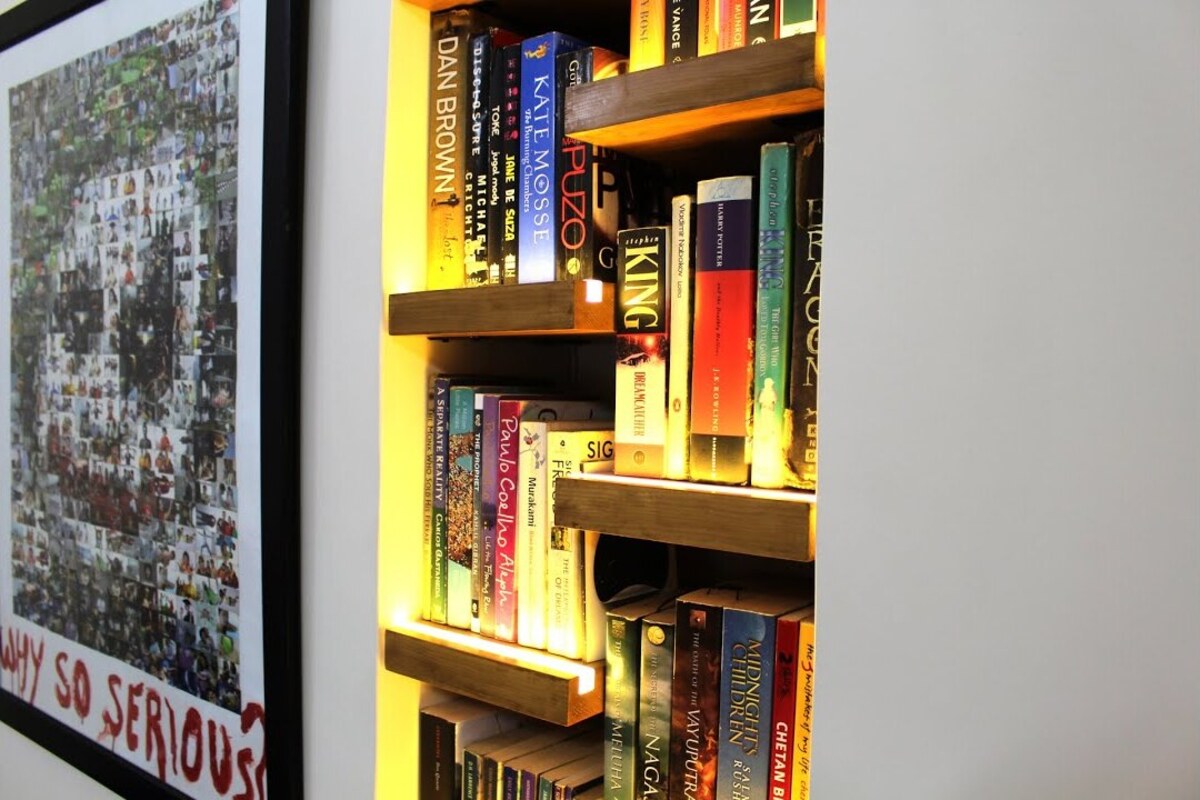
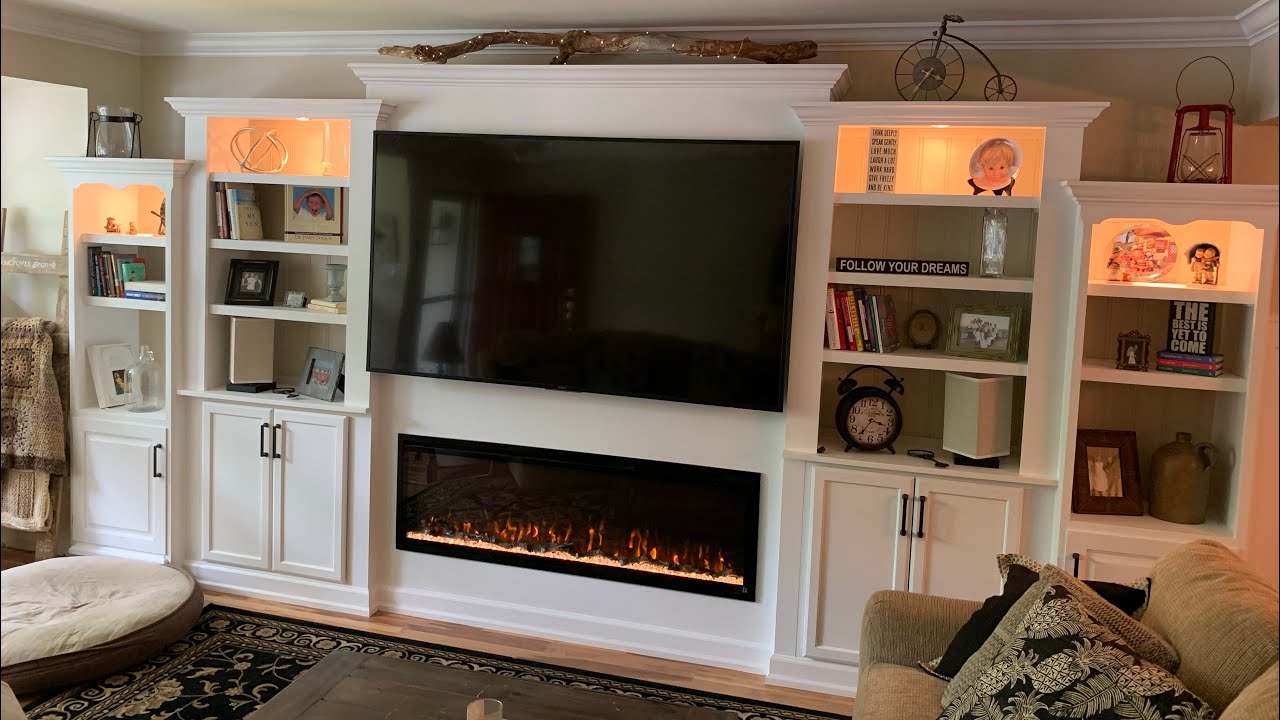

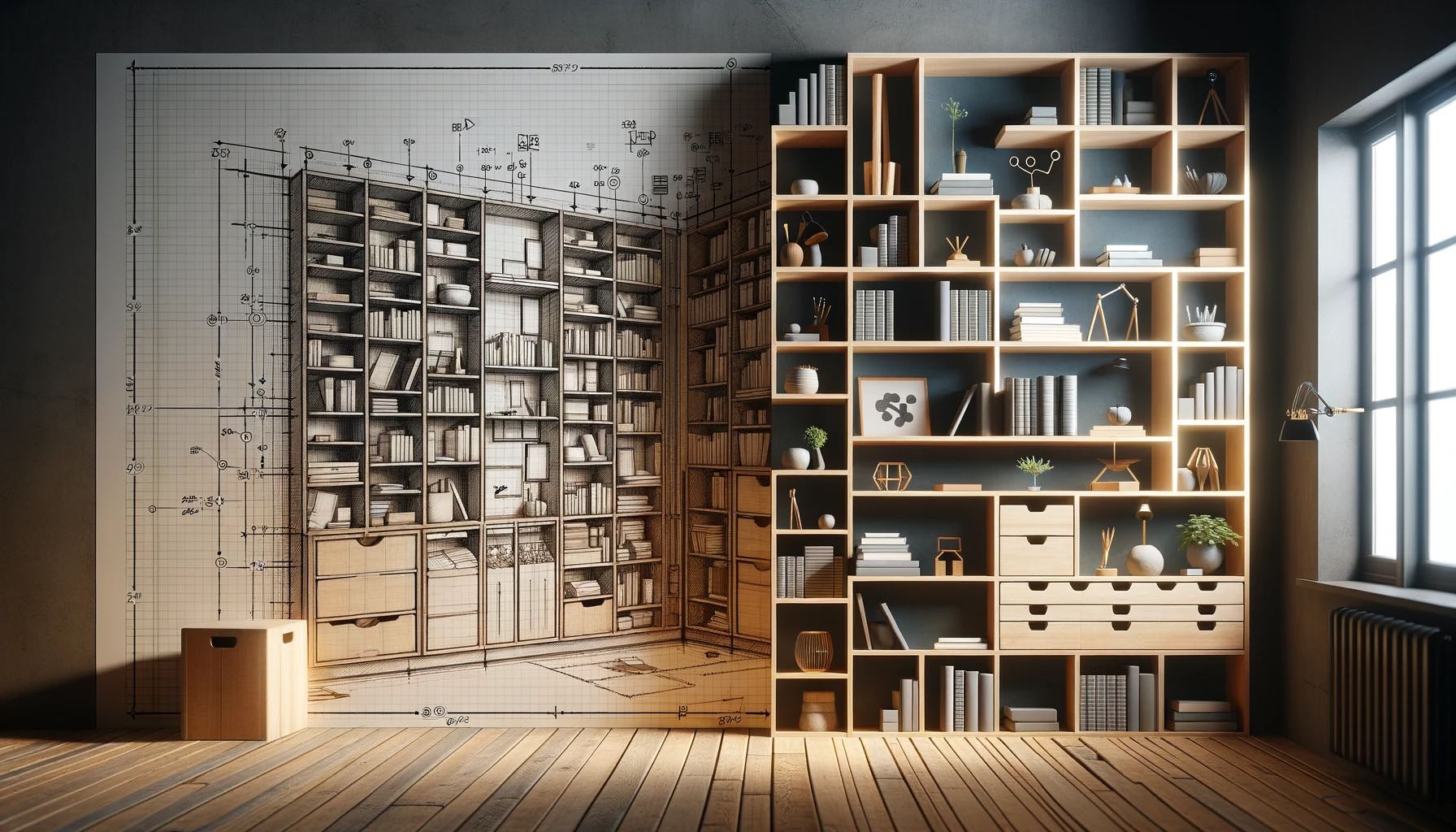
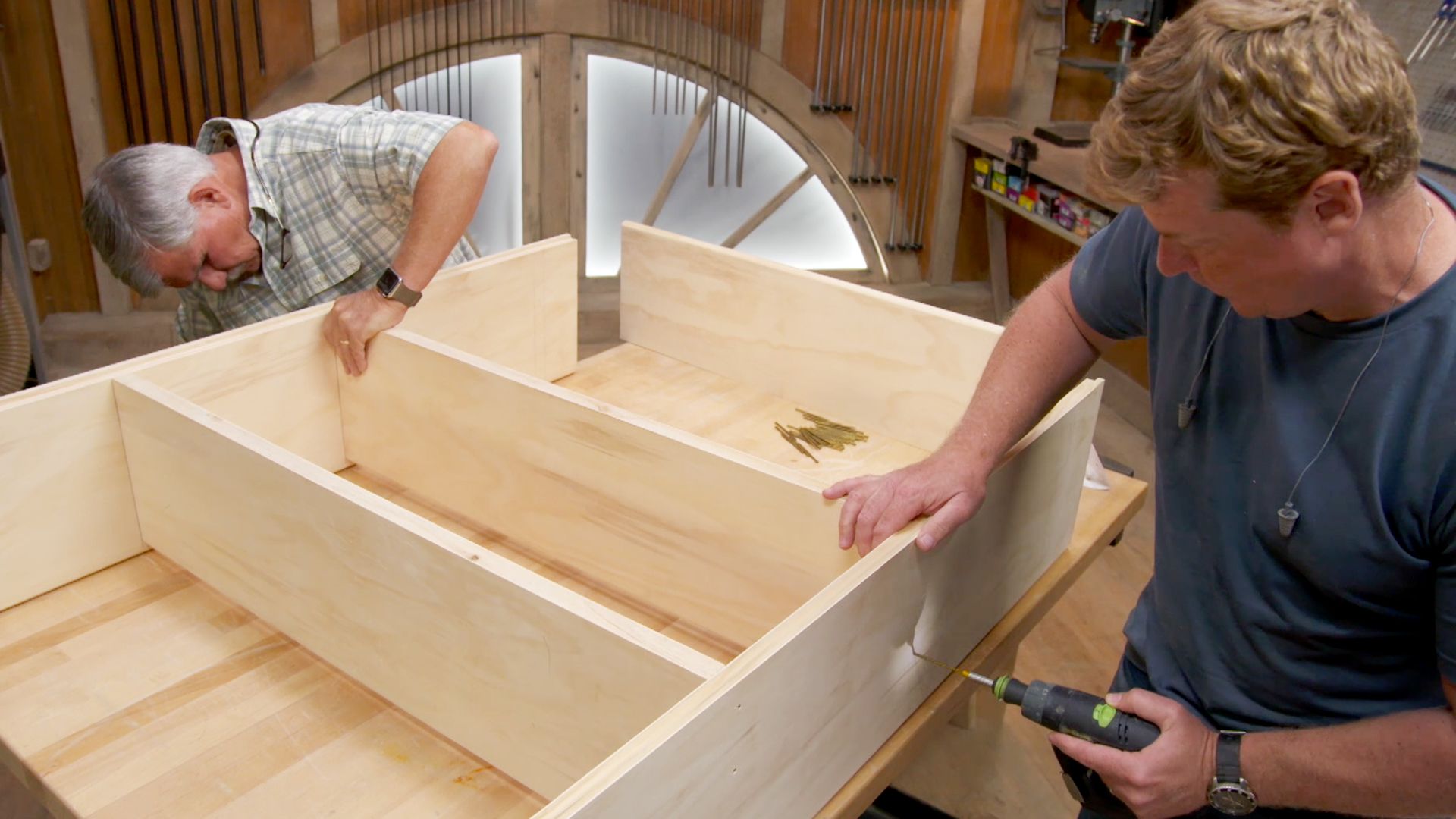
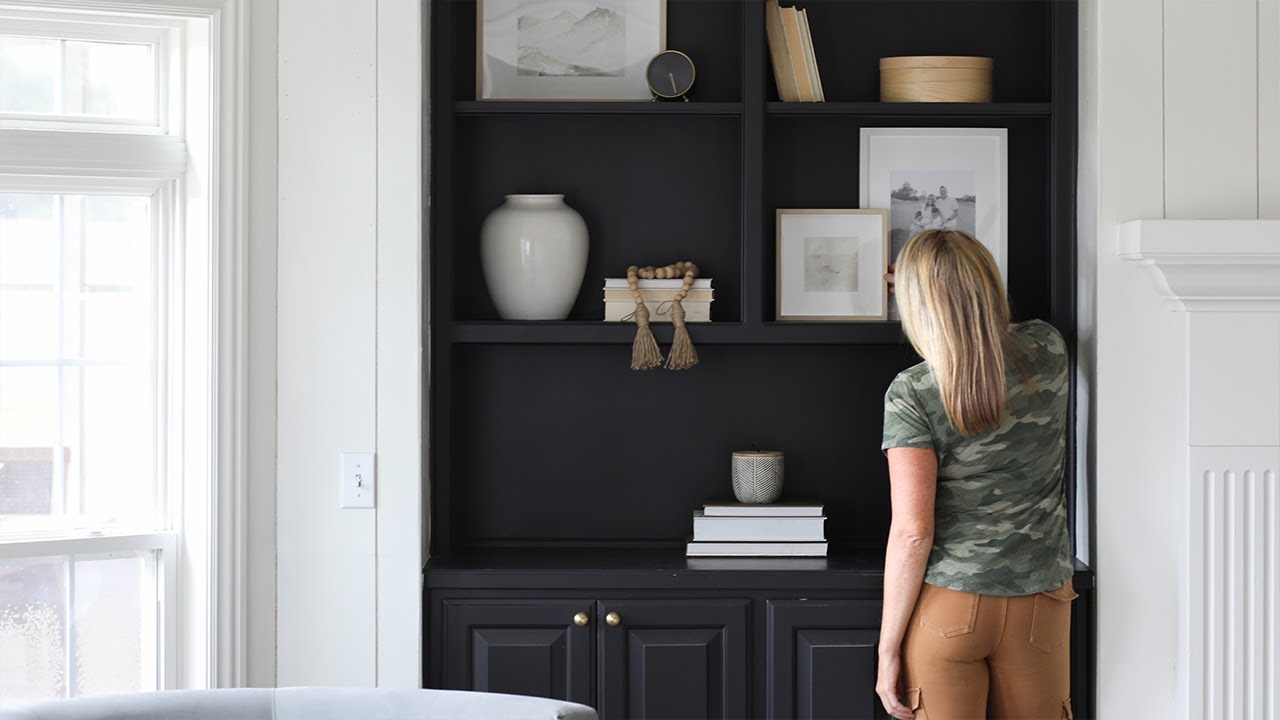
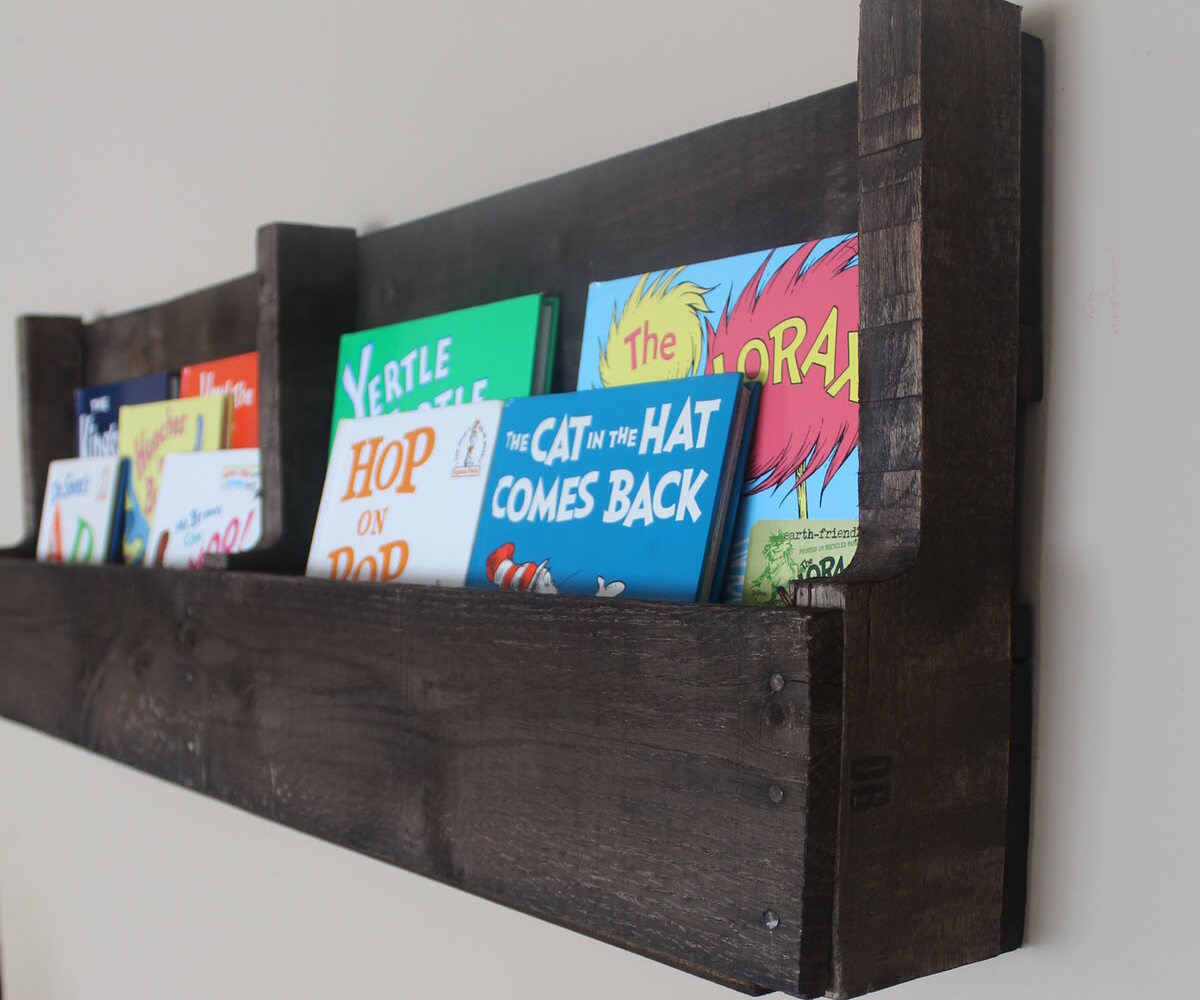
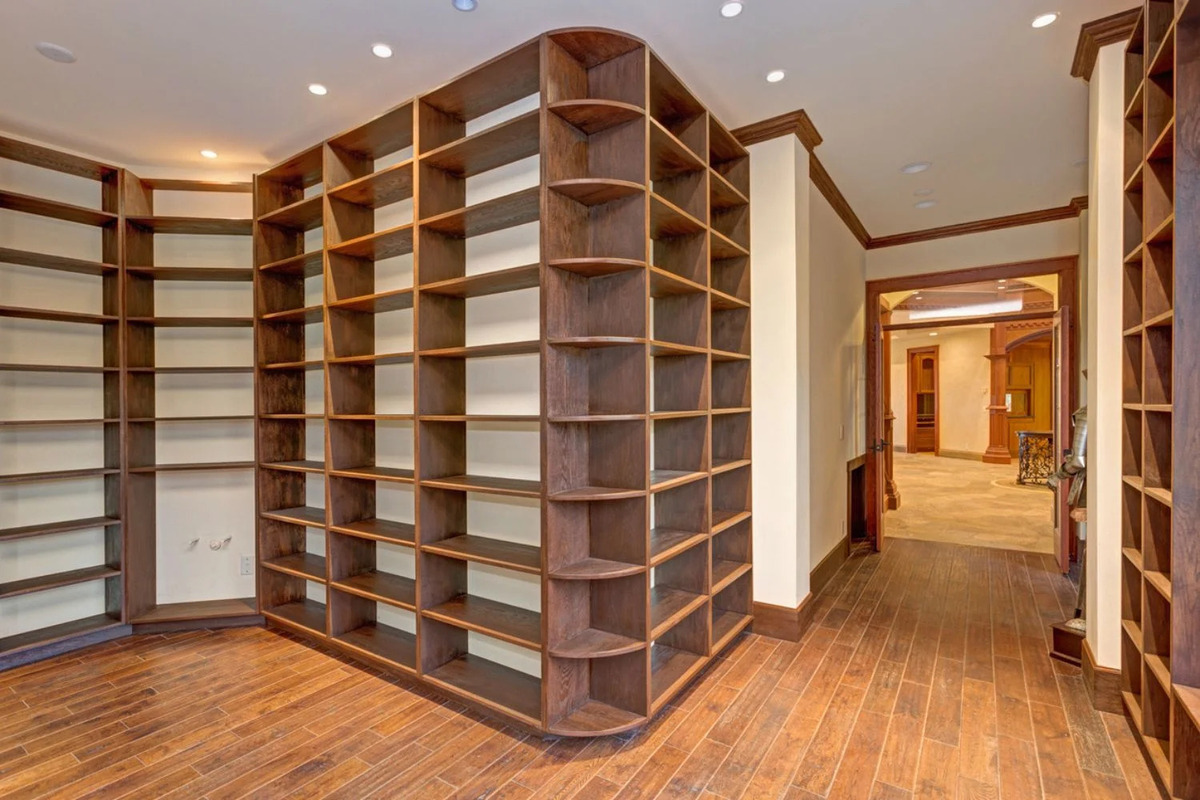
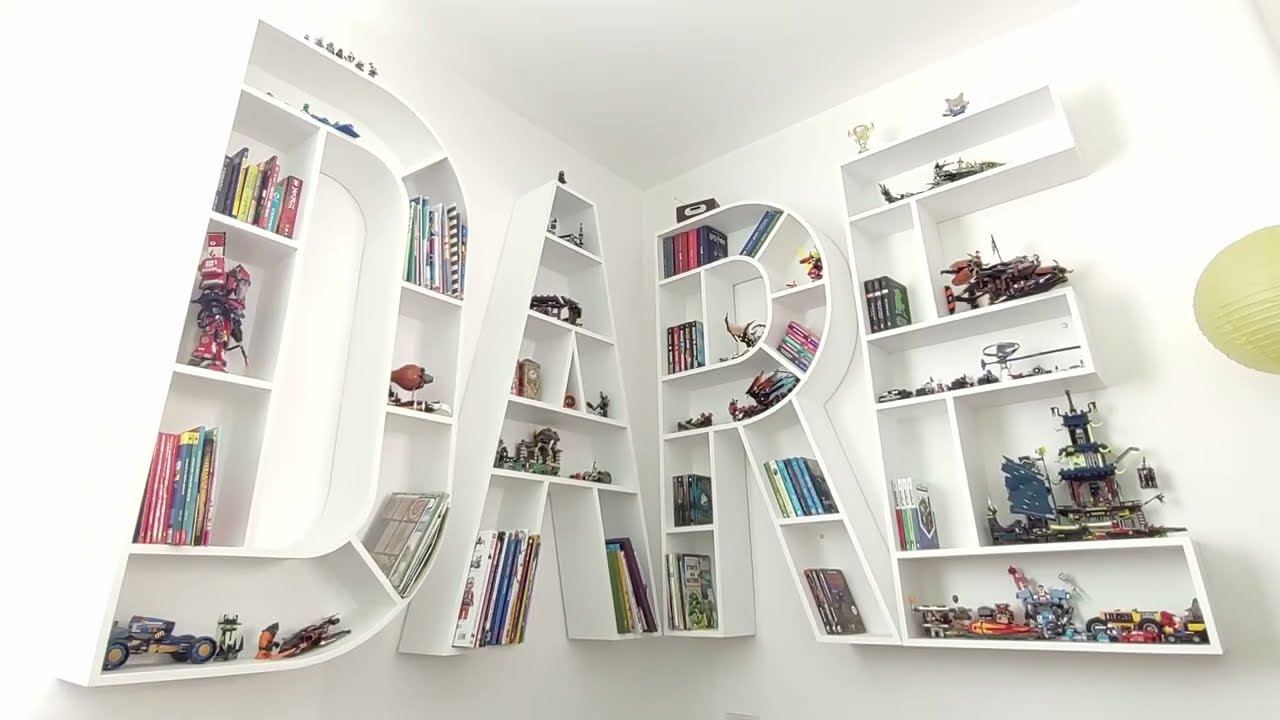
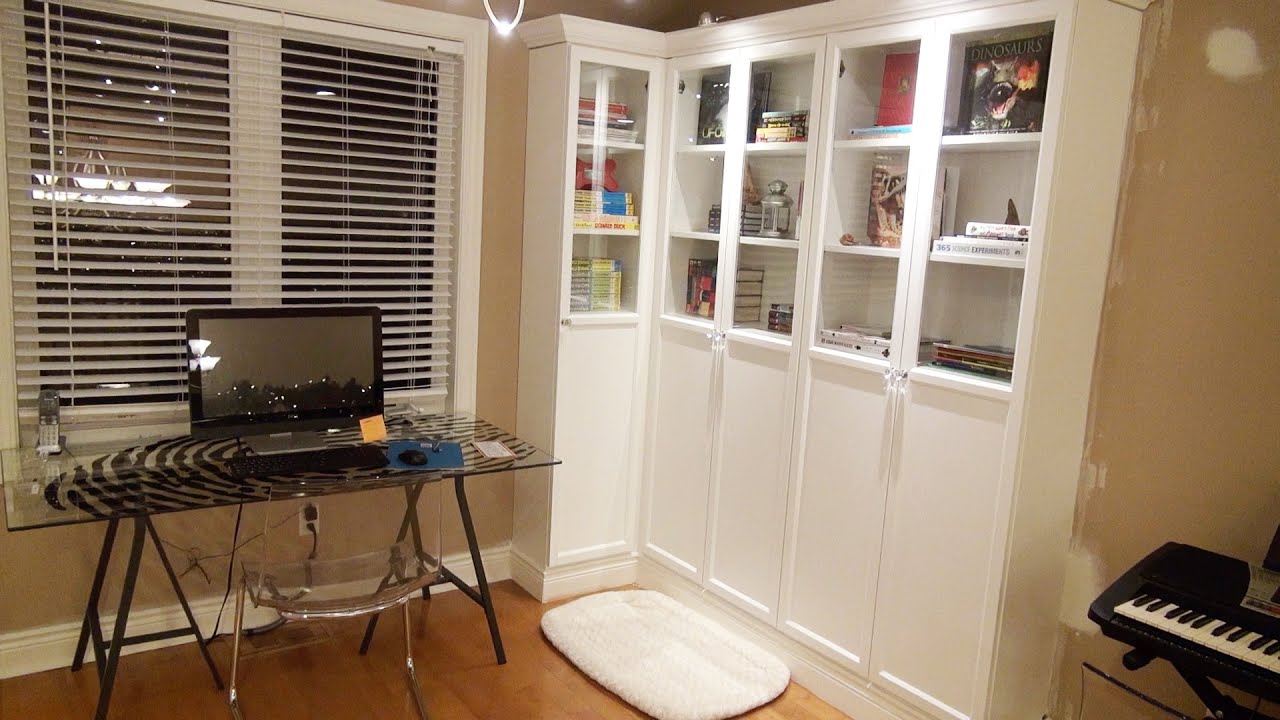

0 thoughts on “How Deep Are Built-In Bookshelves”